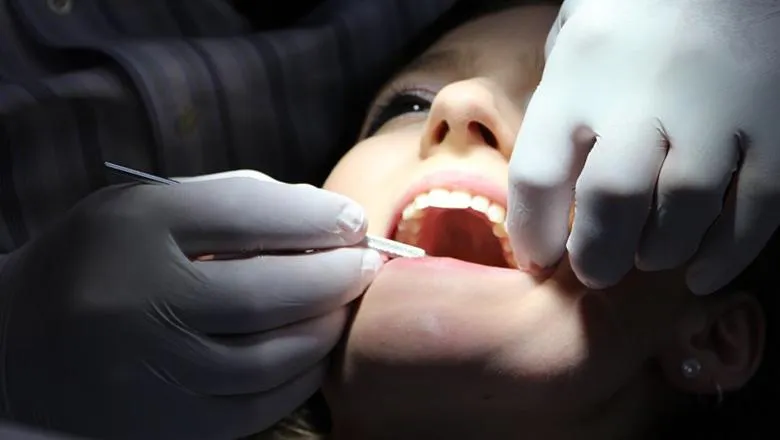In the last few years we showed that we can stimulate natural tooth repair by activating resident tooth stem cells. This approach is simple and cost effective. The latest results show further evidence of clinical viability and brings us another step closer to natural tooth repair.
Professor Sharpe Paul Sharpe, Director of the Centre of Craniofacial & Regenerative Biology at King’s College London.
11 March 2020
Further evidence shows clinical viability of natural tooth repair method
A study published in the JDR shows further evidence that the natural tooth repair method could be successfully translated into clinical practice.

Over the last five years scientists at King’s College London have been investigating a method of stimulating natural tooth repair by activating cells in the tooth to make new dentine. In a paper published today in the Journal of Dental Research, they have found further positive evidence that the method has the potential to be translated into a direct clinical approach.
When teeth suffer damage either by decay or trauma, there are three layers that may be affected:
- the outer enamel,
- dentine, the middle part that shields the vital part of the tooth, and
- the inner part of the tooth; the soft dental pulp.
Previous research has found that the drug Tideglusib could help protect the inner layer by stimulating the production of the middle layer (dentine), allowing the tooth to repair itself.
To continue testing the viability of this approach for use in patients, the research team have now looked at whether the volume of reparative dentine produced is sufficient to repair cavities found in human teeth. They also investigated the range (and hence safety) of the drug used, and whether the mineral composition of the reparative dentine sufficiently is similar to normal dentine to maintain the strength of the tooth.
Led by Professor Paul Sharpe, Dickinson Professor of Craniofacial Biology, the results of this study show further evidence that the method could be successfully translated into clinical practice. They discovered that the repair area is highly restricted to pulp cells in the immediate location of the damage and the root pulp is not affected. They also found that the mineral composition of the area of repair was significantly different to that of bone, and more similar to normal dentine.
In addition, they found the drug can activate repair an area of dentine damage up to ten times larger, mimicking the size of small lesions in humans.
Human trials or treatments for this research are not anticipated to begin at this stage. We are not currently seeking volunteers and are unable to offer this treatment at present. For current questions regarding dental work, we suggest you contact your local Dentist.

